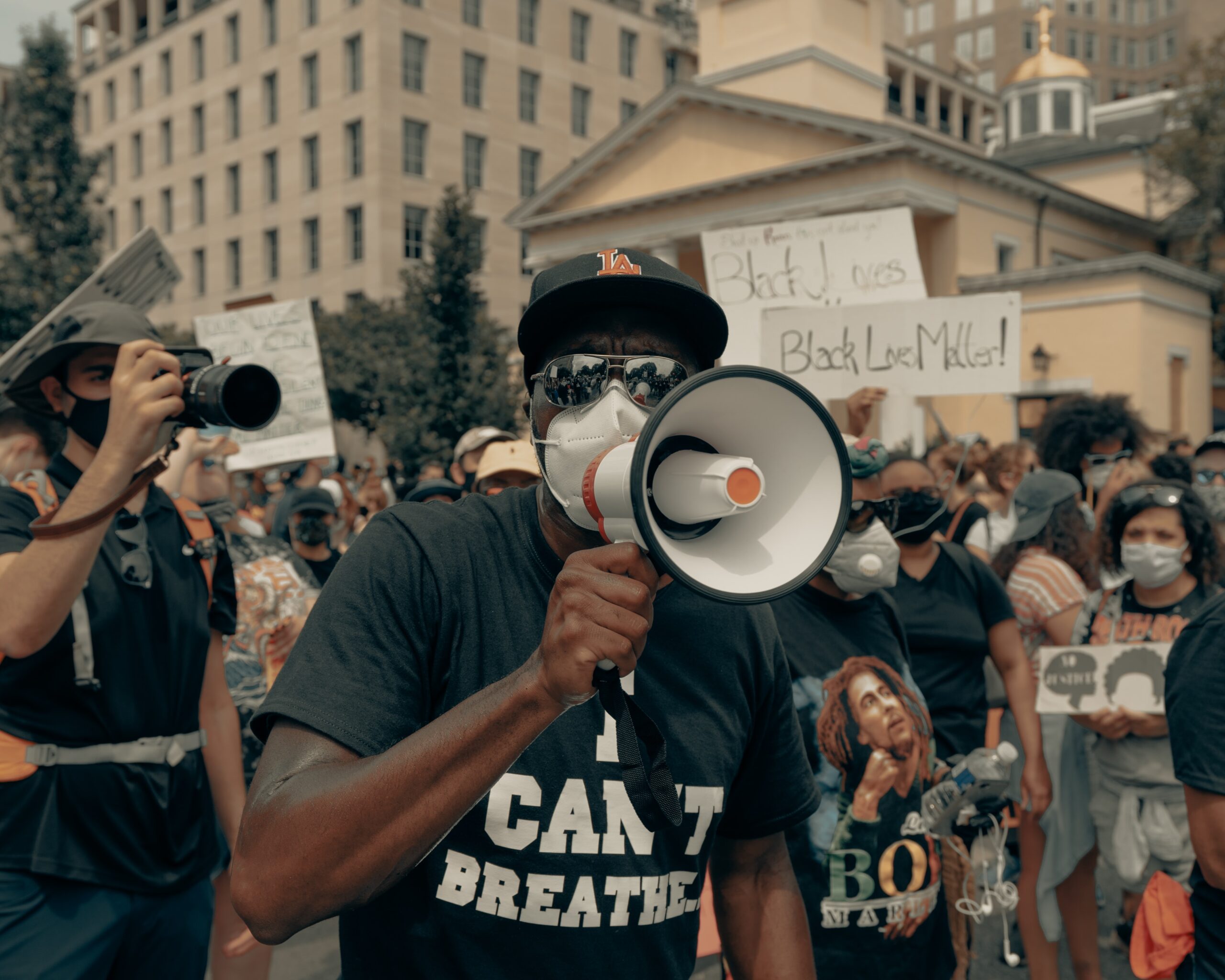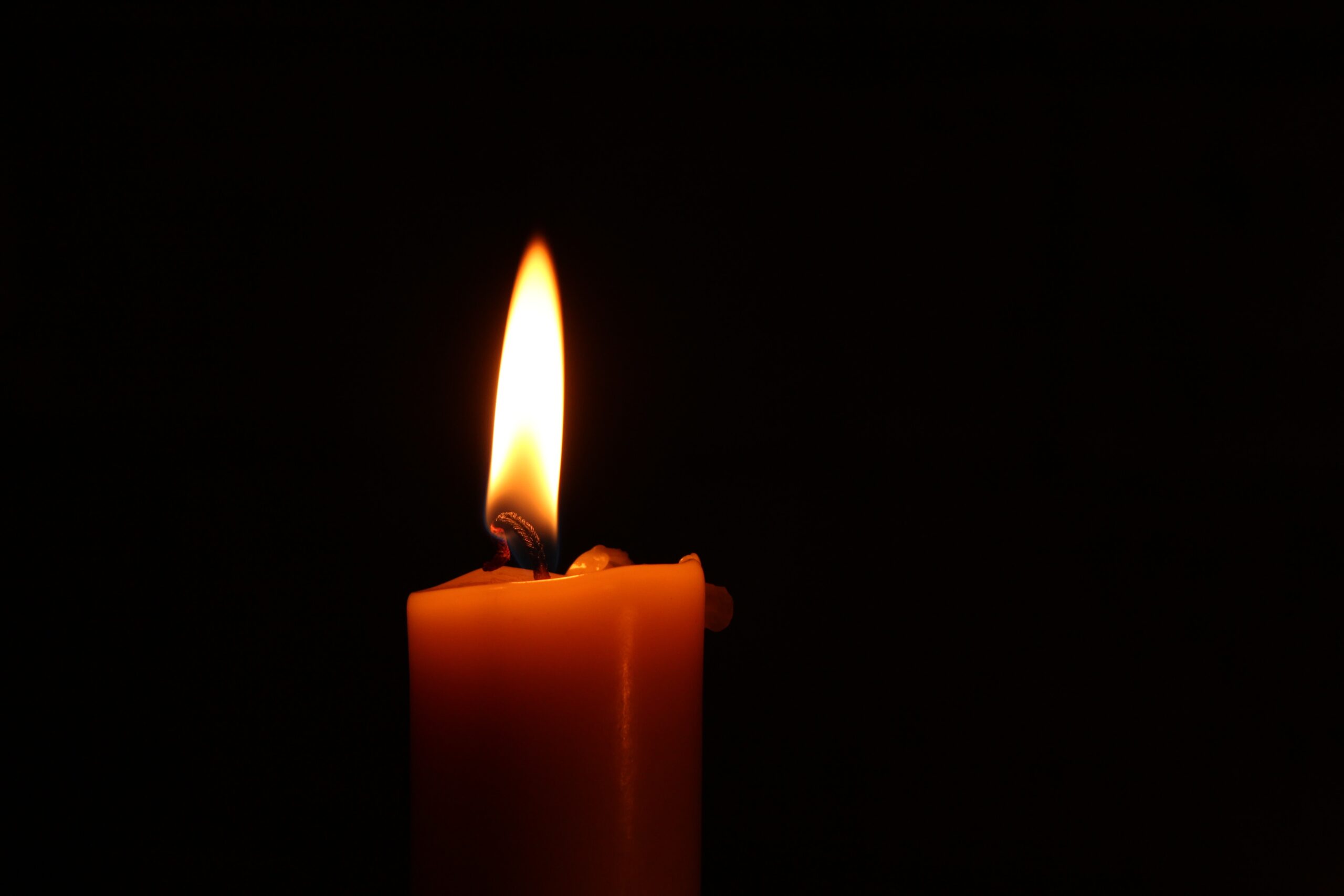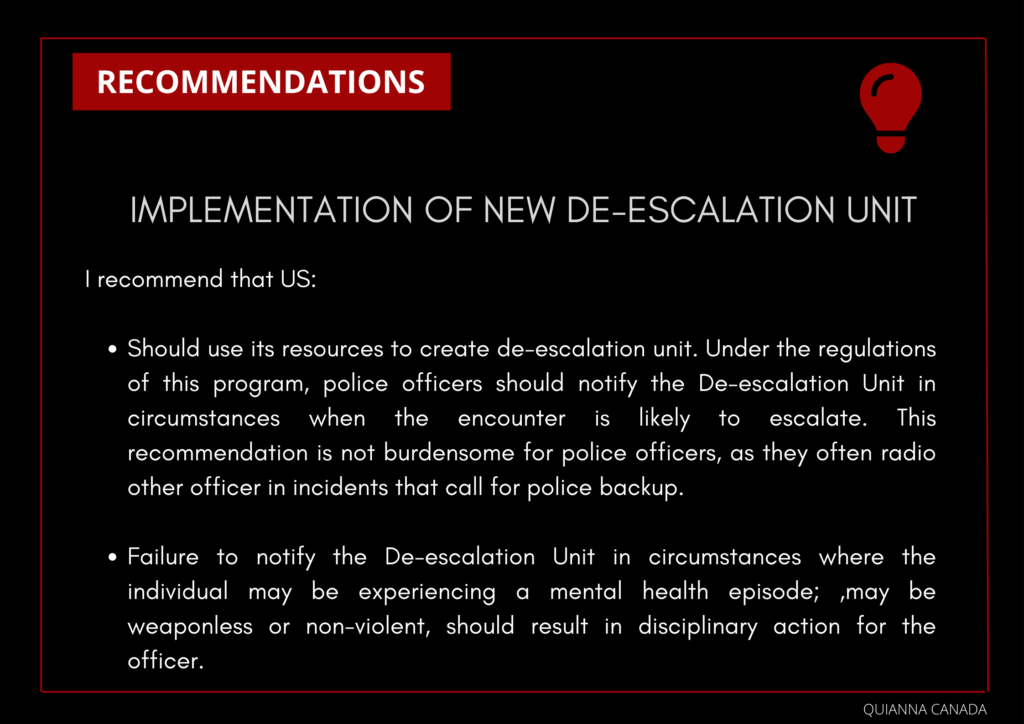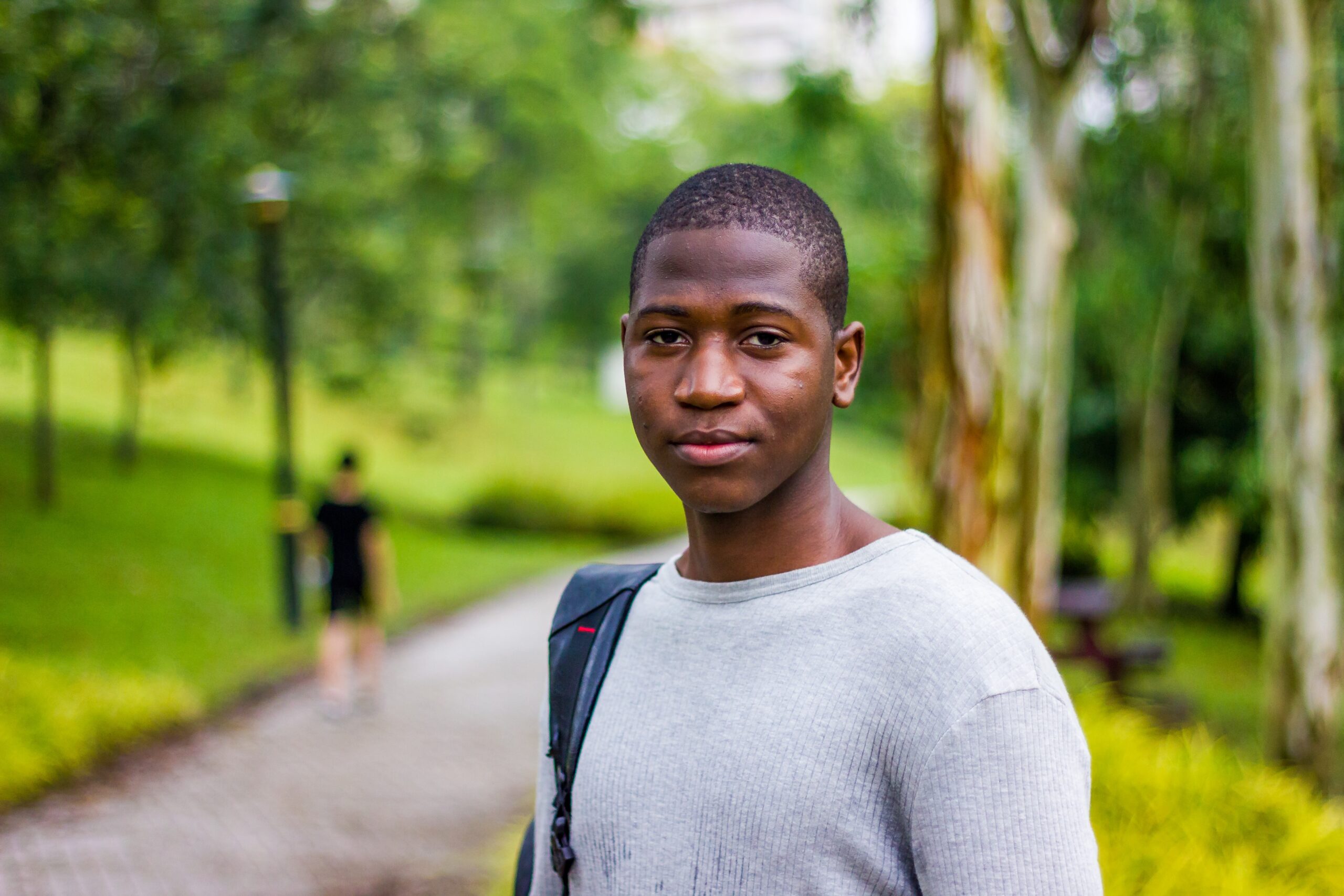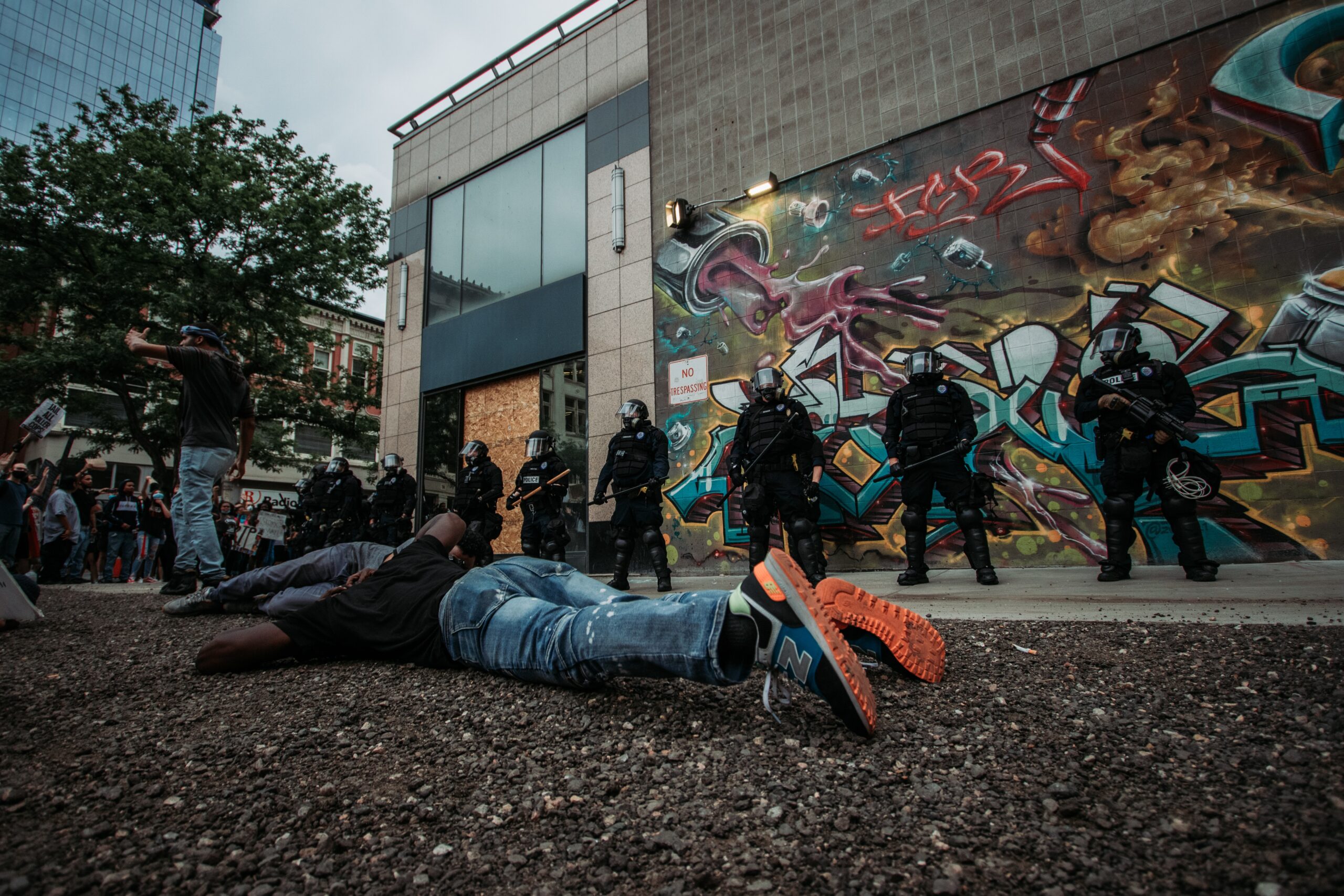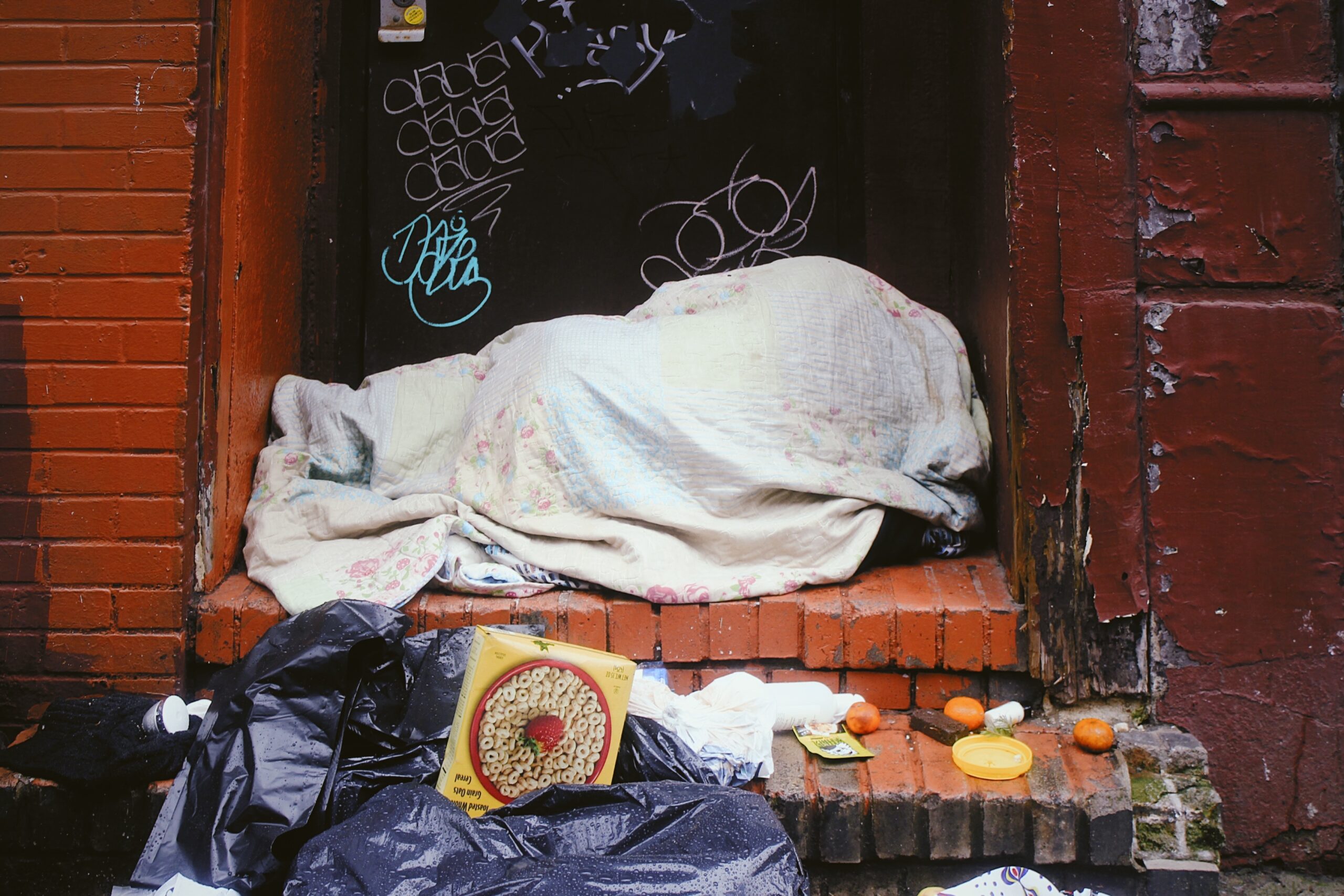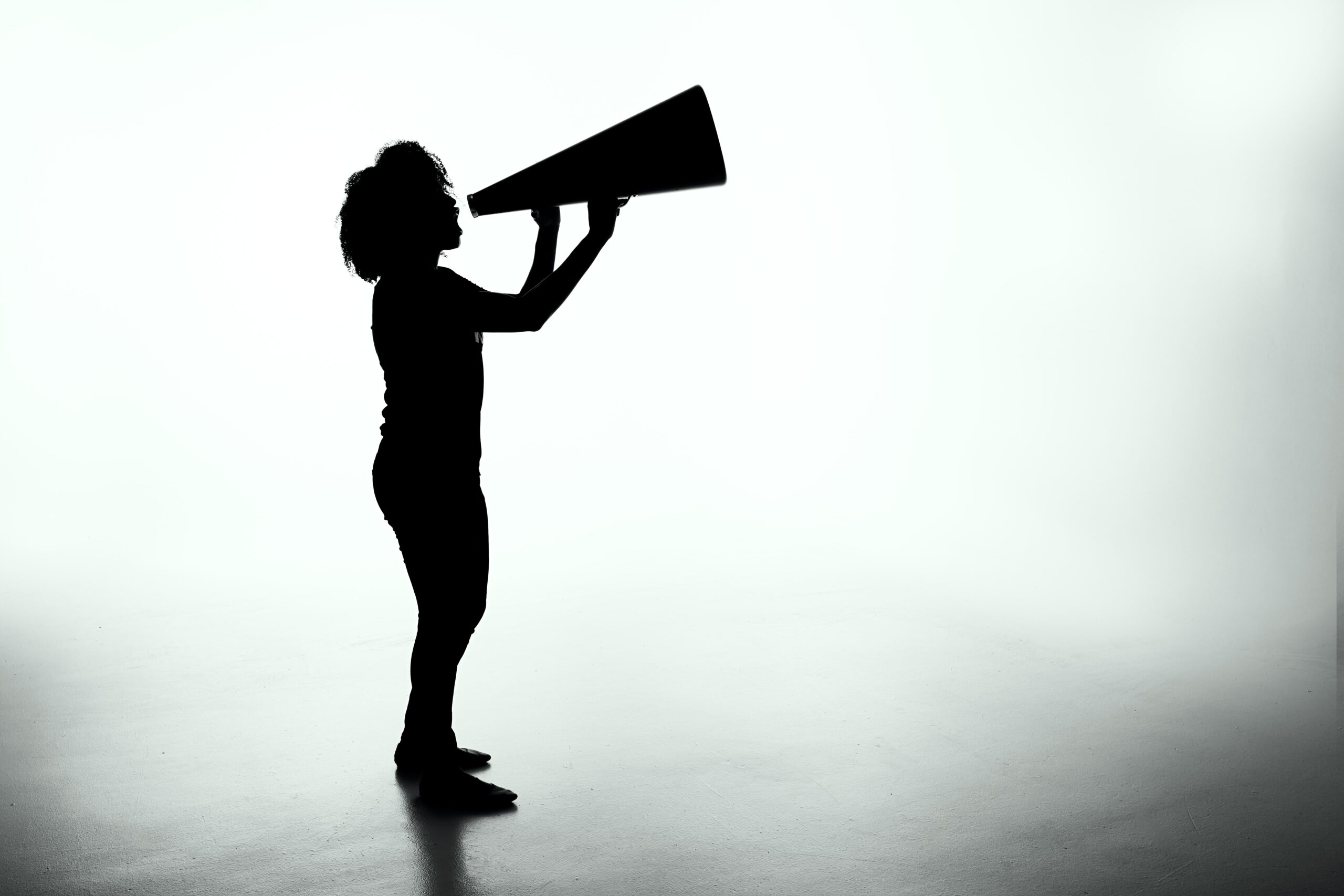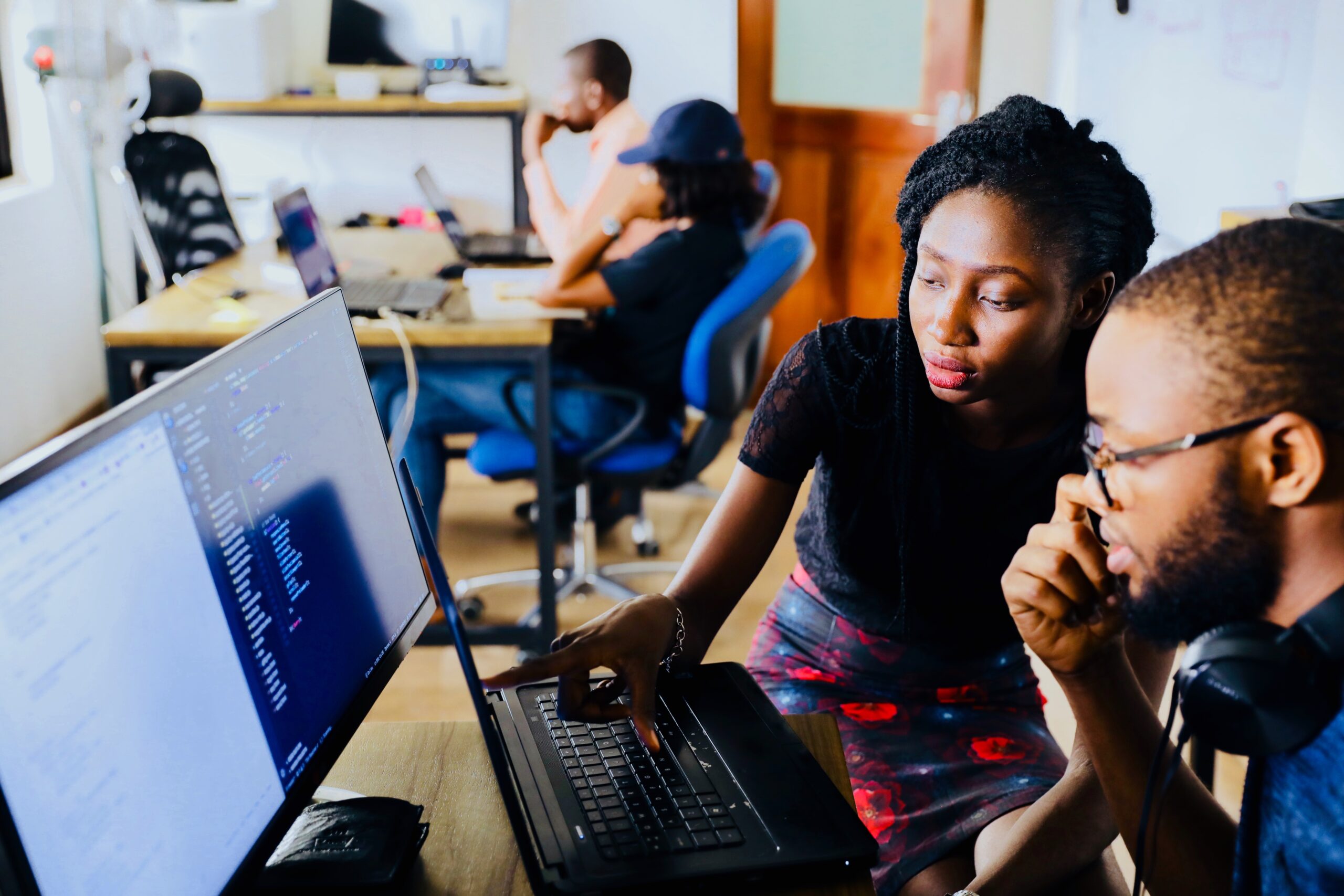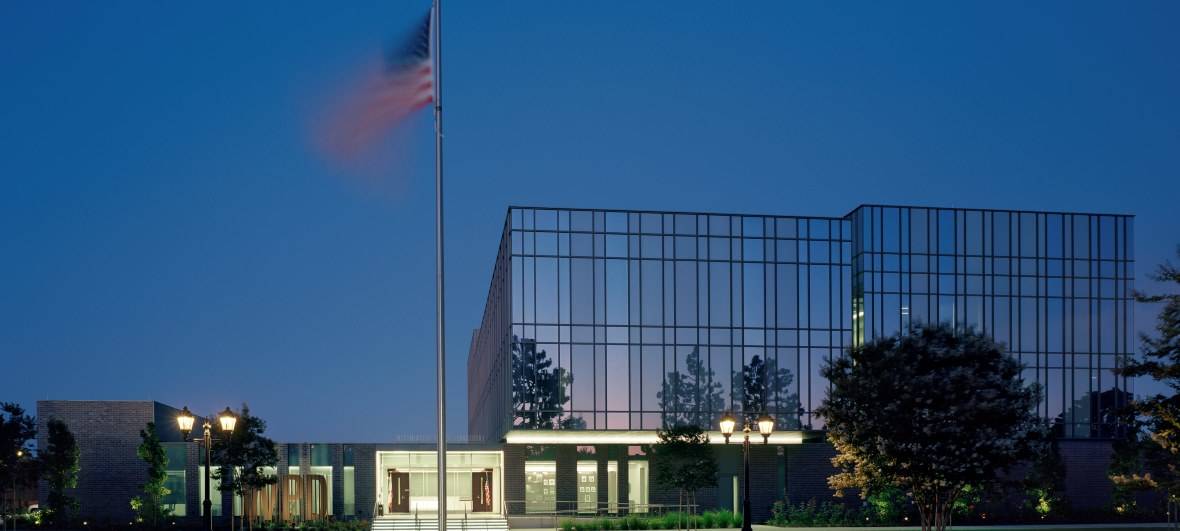July 2023 Public Statement: Condemning Racial Profiling and Police Brutality Against African Americans
July 2023 Public Statement: Condemning Racial Profiling and Police Brutality Against African Americans
I am deeply concerned about the recent instances of racial profiling and police brutality targeting African Americans in the US. I condemn these acts of discrimination and violence, recognizing that they not only violate basic human rights but also contradict the principles enshrined in the International Convention on the Elimination of All Forms of Racial Discrimination (ICERD).
The ICERD, a legally binding instrument ratified by the US in 1994, explicitly prohibits racial discrimination in all its forms. It emphasizes the equal rights and dignity of all individuals, irrespective of their race, color, descent, national or ethnic origin. It is disheartening to witness across social media platforms, the persistent instances where these principles are disregarded, leading to devastating consequences for marginalized communities, particularly African Americans.
We must acknowledge that these incidents are not isolated events but are indicative of systemic issues deeply rooted in society. Structural racism and biases have perpetuated a system that disproportionately affects African Americans, leading to unequal treatment, unjust arrests, and excessive use of force by law enforcement agencies.
In 2021, Los Angeles police tased documentarian Damien Smith in his home, mistaking him for a burglar. The next year body-worn camera footage show Paterson police shoot Khalif Cooper in his lower back, paralyzing him for life. Earlier this year, on June 2, 2023, Alabama police tased an unarmed African American to death after mistaking him for a burglar. Reports also surfaced this month that Northwoods police officer broke a man’s jaw with a baton, leaving him in Kinloch. Further, an American uploaded a video of a police officer giving him a warning because he was going 65 mph in a 70 mph speed limit.
Such practices erode trust between communities and the authorities, perpetuating a cycle of fear, discrimination, and violence. Indeed, the practices of racial profiling are raised with some regularity before the CERD Committee. General recommendation 31 urges State parties to take all necessary steps ‘to prevent questioning, arrests and searches which are in reality, based on the physical appearance of a person, that persons’ color or features or membership of a racial or ethnic group.’
The Committee further stated that racial or ethnic profiling against individuals of African descent (CERD/C/PAN/CO/15-20, para. 21) is regarded as dangerous in that it promotes racial prejudice or stereotypes (CERD/C/IRL/CO/3-4, para. 18).
As a Human Rights Defender committed to the promotion of equality, diversity, and inclusivity, I stand in solidarity with the African American community in the US and all those who have been victims of racial profiling and police brutality. I recognize the urgent need for immediate action to address these systemic challenges and create meaningful change.
To this end, I call upon the following actions:
1. Accountability and Transparency: Law enforcement agencies must be held accountable for any violations of human rights, including racial profiling and the use of excessive force. There should be transparent investigations into all incidents, and perpetrators must face appropriate legal consequences.
2. Training and Education: Comprehensive anti-racism and de-escalation training programs should be implemented for law enforcement officers to foster cultural sensitivity, emphasize human rights, and promote fair and unbiased practices. I further call upon the US to strongly consider implementing a new de-escalation unit in the nation.
3. Community Engagement: Officers must be willing to take the initiative to promote dialogue and foster trust between community members and law enforcement agencies They must also encourage open communication channels, establish community oversight mechanisms, and involve community leaders in shaping policing policies.
4. Policy Reforms: Advocate for the implementation of policies, such as repeal of the qualified immunity doctrine, that address systemic racism and bias within the criminal justice system. This further includes reviewing and revising policies such as stop-and-frisk, use of force, and racial profiling, with a focus on eliminating discriminatory practices.
5. Data Collection and Analysis: Allegations of police violence or misconduct haved trouble the Committee, who criticized the absence of independent monitoring mechanisms with powers to investigate complaints of misconduct. Therefore, I call on the US to enhance data collection on racial profiling incidents and use the information to monitor trends, identify areas of concern, and develop evidence-based policies and strategies to combat racial discrimination.
6. Collaborative Efforts: Encourage collaboration between government entities, civil society organizations, and community stakeholders to develop comprehensive strategies that tackle systemic racism, promote social justice, and ensure equal protection under the law for all.
I believe that it is our collective responsibility to address racial profiling and police brutality in order to build a more just, inclusive, and equitable society. Let us stand united against racism and discrimination, working hand in hand to create a future where fundamental human rights are respected, irrespective of one’s race or ethnicity.
For more information about July 2023 Public Statement: Condemning Racial Profiling and Police Brutality Against African Americans, please contact us here.
